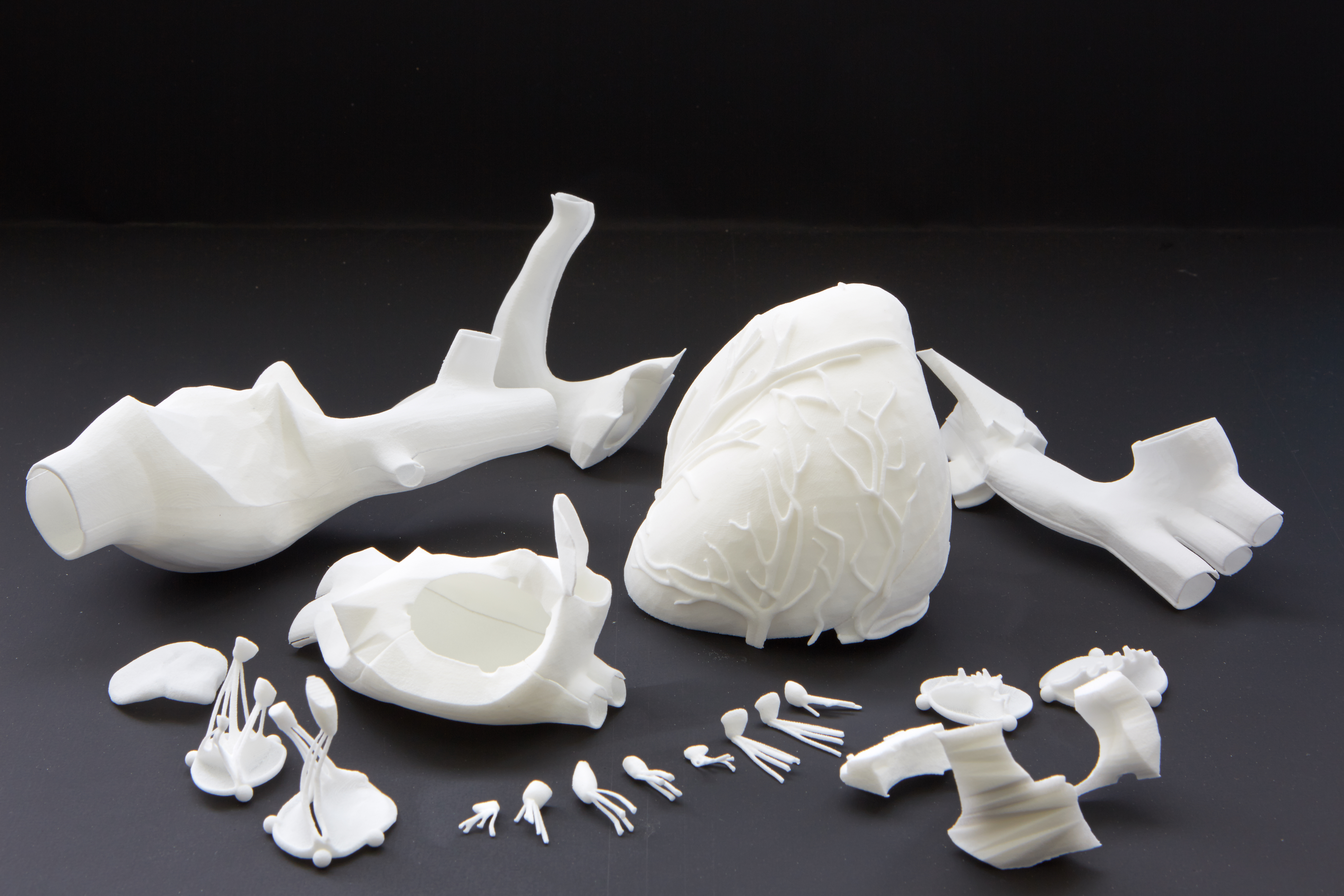
One of the most important fields where additive manufacture can be applied is medicine. Science is ahead of science fiction: now we can print bones, implants for skull, skin and blood vessels. There’s a possibility today to print acoustics and models of cancerous growths for surgeons being taught. 3D-service Prototypster ahead of everyone else in Russia has manufactured a silicone 3D-model of human heart.
3D printing opens a new era in the history of toys
This is a first model of heart that was made in Russia. It can be used as a training simulator by surgeon residents who now are practicing at the pig hearts. Pig organs have a close affinity with human ones and are quite easy of access. The main idea of a heart made of silicone is to use it as a multi-use simulator to practice surgery operations. Such kind of simulator allows making multiple incisions.
The whole world is seeking for such training simulators. A silicone heart in a vacuum chamber was made in Japan. This model was presented at the MEDICA exhibition. In Great Britain Nottingham Trent University demonstrated a heart that had been manufactured from several types of silicone gel. Though 3D-printing is constantly falling in price that allows carrying more and more experiments, it is still not something ordinary and usual. Making a copy of human heart — it is a challenge.
INNORTA Company applied with this project to our Company. INNORTA is a developer of high-tech hardware and software systems for medical rehabilitation. Additive technology has been applied long ago in Company’s work. But still FDM (fused deposition modeling) was used quite oftener. This technology does very well for printing simple products when there’s no need of sharp detailing.
Filonenko B.F., Deputy General Director of INNORTA LLC:
— I've constructed a trainer for human knee-joint rehabilitation. It works very well but it doesn’t look well. I tried to make a case and part of the metal details. But still they look awful, because there are no corresponding technologies and in case of using such technologies such kind of a trainer would cost as much as space vehicle.
Only prototyping is left as the only one real solution when you are short of time and don’t have an opportunity to employ a lot of people. 3D printing is an obvious solution to get a ready unique sample at the end of the whole process. Nowadays software allows to prepare 3D models very fast and easily. Besides, any product can be produced in small series and it is quite affordable.
It is only natural that INNORTA has applied to additive manufacture for producing a heart simulator. Firstly there were attempts to print the model of heart with colored gypsum but they didn’t succeed. It is a unique experience in prototyping which we would like to share.
A 3D model of heart was made with the help of sectional image of a real human heart. According to 3D printed model a silicone form has been manufactured. I.d. one of the key stages of manufacturing a heart simulator is 3D printing. While choosing the material for manufacturing of master model the turning point was up to detailing. Selective laser sintering turned out to be the most corresponding technology. 3D printing in this way allows making thin-walled and at the same time firm construction with perfect detailing.
After moulding the silicone heart sample needed further improvements. Some of the sides were thickened with plasticine. It had been thought through to simplify the whole technology. That was the only one dificulty. As a result we have the task solution and now the necessary adjustments are ready to be made. For example just to make the sides thicker and to print with such thickness.
One more variant is printing in parts. Another technology is rotational cast. Such hollow complicated constructions are divided in parts because it’s impossible to take out the ready manufactured article from a casting-form. Then the parts are glued together and completed for the joints being smoothed.
The 1st silicone heart prototype has given us an advantage to know the way to move on. The drawings are to be prepared for manufacturing the heart rotation system. The silicone simulators are planned to be proposed to all the hospitals in Russia for training the future surgeons.
Prototypster creates and launches its API for integration with online services and applications

